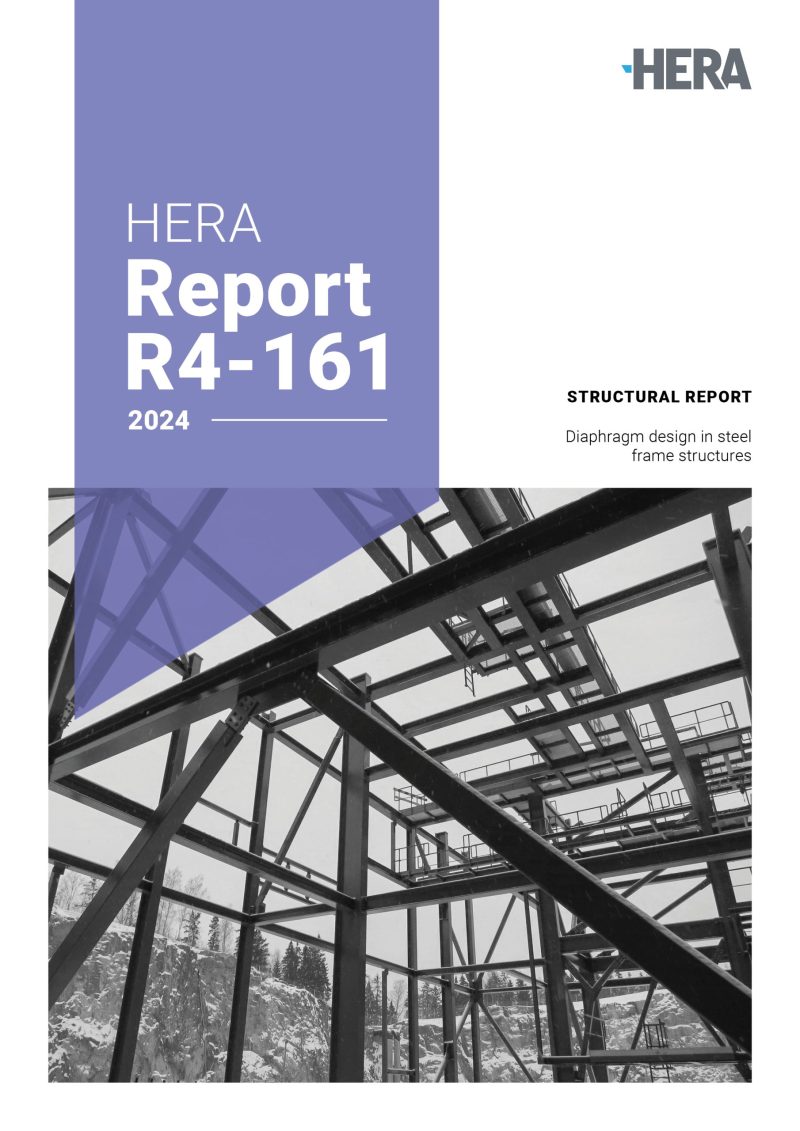Your cart is currently empty!
HERA R4-161: Diaphragm design guildeline in steel frame structures
Platinum Ordinary membership: Free
Gold Associate membership: $257.45
Whanaunga Affiliate membership: $257.45
Koru Student membership: Free
|
Authors |
Dr Saeid Alizadeh |
|
Edition |
R4-161: 2024 |
Description
This guide aims to provide the fundamental knowledge required to assist with the analysis and design of diaphragms as they play a key role in providing structural integrity by resisting gravity loads and transfer such loads to the gravity force-resisting system of the structure, providing lateral support to vertical elements, resisting horizontal forces from various sources, and transfering these loads to the vertical lateral force resisting system(s) of the structure. Diaphragm design is generally a complex task due to the irregularly shaped floor plan layouts, large penetrations, and irregular layouts of vertical lateral load-resisting elements, as such, engineers should use the provided information with sound engineering judgment to achieve a robust diaphragm design.
